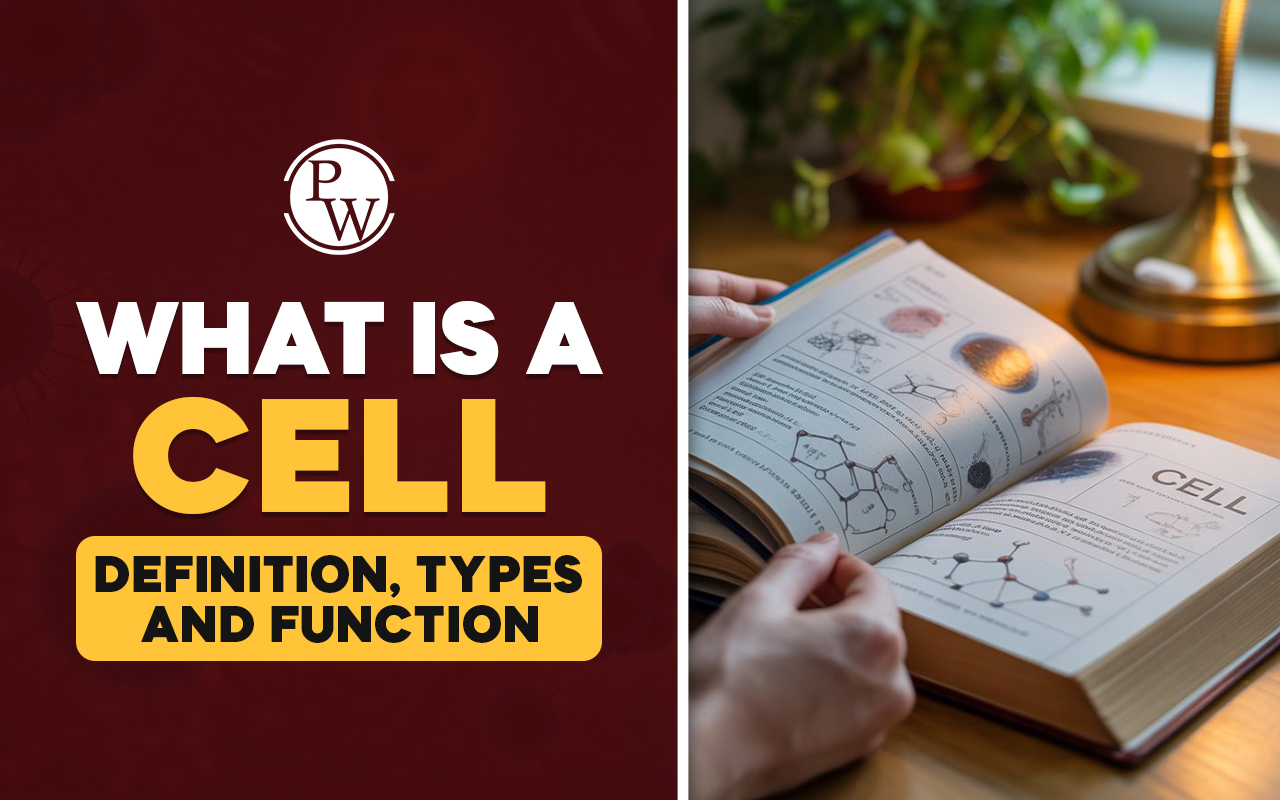
Facts About the Earth: Earth is the third planet from the Sun in the solar system. It is the fifth largest planet among all the planets. One of the most interesting facts about the Earth is that it is the only planet where life is possible. The Earth has air to breathe, water to drink, and land to live on.
There are many facts about the Earth that students should know. It is the only planet in the solar system whose name does not come from Greek or Roman stories. The word 'Earth' simply means ‘the ground.’ Keep reading to explore more interesting facts about the Earth to understand our planet better and learn why it is special in the solar system.
Read More: 5 Sense Organs
Earth- An Overview
The name ‘Earth’ is very old and has been used for more than 1,000 years. The Earth is a special planet in the solar system because it has the right temperature and air that make life possible. One of the most interesting facts about the Earth is that most of its surface is covered with water. These large oceans helped life to begin around 3.8 billion years ago.
The Earth is the biggest rocky planet among the four planets close to the Sun. The sunlight takes about eight minutes to reach the Earth. Every year on 22 April, people all around the world celebrate Earth Day to show care for our planet and to remind everyone about saving nature and protecting the Earth for the future.
25 Interesting Facts About the Earth
There are many interesting facts about the Earth that students must know as they tell us how amazing our planet is. One of the most surprising facts about the Earth is that its longest mountain range is not on land but under the sea! It is called the Atlantic Mid-Ocean Ridge and it is about 50,000 miles long.
Another interesting thing is that the Earth is not perfectly round; it has a slight bulge around the middle. There are many more such facts about the Earth that make it very special in the solar system. Let’s explore such 25 Interesting Facts About the Earth here:
-
It takes 365 days for the Earth to complete one full round around the Sun. This is called a year.
-
The Earth’s diameter is about 12,800 km. This is about the length of 1,16,150 football fields.
-
The Earth travels around the Sun at a speed of 67,000 miles per hour.
-
The Earth is tilted at 23.4 degrees on its axis. This tilt is the reason we have four seasons: summer, winter, rainy, and spring.
-
The Earth spins at 1,000 miles per hour. This spinning gives us day and night.
-
The word ‘Earth’ is more than 1,000 years old. It means ‘ground’ in old languages.
-
The Earth’s surface is covered by 71% water and only 29% land.
-
Out of all the water on Earth, only 3% is fresh water. The rest is salty.
-
The Earth has only one natural satellite, which is the Moon.
-
Scientists believe that the Earth is about 4.5 billion years old.
-
The biggest living structure on Earth is the coral reef. It is home to many sea animals.
-
The lowest place on Earth is the Dead Sea. It is 1,400 feet below sea level.
-
About 6,000 lightning strikes happen on Earth every minute.
-
The North Pole is located on floating ice in the Arctic Ocean.
-
The Earth’s air, called the atmosphere, is made mostly of oxygen and nitrogen, which helps us breathe.
-
Earth Day is celebrated every year on April 22 to remind us to protect our planet. The first Earth Day was celebrated in 1970.
-
The Earth’s atmosphere works like a protective shield. It saves us from meteoroids by breaking them before they can reach the ground.
-
Gravity on Earth is not the same everywhere. Mountains, oceans, and valleys cause small changes in gravity at different places. These changes are called gravity anomalies.
-
The Amazon Rainforest is the largest rainforest on Earth. It spreads across 9 countries and is home to about 10% of all known plants and animals.
-
The Earth is called the “blue planet” because most of its surface is covered by oceans and seas, which make the Earth look blue from space.
-
Scientists believe there are around 8.7 million different species of plants and animals living on Earth.
-
The Earth is about 93 million miles away from the Sun, and sunlight takes around 8 minutes and 19 seconds to reach us.
-
The Earth is part of the Milky Way galaxy, which has more than 200 billion stars.
-
Long ago, people thought the Earth was the center of the universe. But now we know that the Earth moves around the Sun, along with other planets.
-
About 250 million years ago, all the continents were joined together in one big land called Pangea. Over time, they slowly moved to where they are now.
Read More: PROS AND CONS OF FREE ONLINE COURSE AND PAID COURSE
Facts About Layers of the Earth
When we look at the facts about layers of the Earth, we find that our planet is made of different parts, not just one big piece. The Earth has four layers stacked one above the other, like the layers of an onion. Long ago, when the Earth cooled, the heavier materials went to the center and the lighter ones stayed on top.
These layers of the earth are very important as they help in holding the land, making mountains, causing earthquakes, and even saving us from harmful space rocks. Let’s understand the facts about layers of the earth one by one.
1. Crust: The Top Layer
-
The crust is the outermost layer where we all live.
-
It is the thinnest layer and is made of rocks, soil, mountains, and water.
-
There are two types of crust: continental crust (land) and oceanic crust (under the oceans).
-
The crust is about 0 to 60 km thick.
2. Mantle: The Middle Layer
-
The mantle lies just below the crust. It is the thickest layer.
-
It is made of hot, semi-melted rocks called magma.
-
The upper part of the mantle is hard, but the lower part is soft and slowly flows.
-
The movement of the mantle causes the Earth’s plates to move, which can cause earthquakes.
-
The mantle is about 2,900 km thick.
3. Outer Core: The Hot Liquid Layer
-
The outer core is beneath the mantle.
-
It is made of hot, melted metals like iron and nickel.
-
This layer is very hot and is in a liquid form.
-
The outer core is around 2,200 km thick.
4. Inner Core: The Solid Center
-
The inner core is the center of the Earth.
-
It is the hottest layer, with temperatures as hot as the surface of the Sun.
-
Even though it is extremely hot, it is solid because of the high pressure.
-
It is made of iron and nickel and is around 1,200 km thick.
Some More Interesting Facts About Layers of the Earth
-
The inner core is like the engine room of the Earth.
-
The outer core’s movement helps create Earth’s magnetic field, which protects us.
-
The Earth’s crust and upper mantle together are called the lithosphere.
-
The gravity on Earth changes slightly from place to place because of mountains, oceans, and valleys.
-
The layers of the Earth are always moving slowly, which is why earthquakes and volcanic eruptions happen.
Read More: Abstract Nouns
Fix Your Child’s Weak Science Basics With CuriousJr’s Online Science Classes
Is your child struggling in science because their basics are not clear? When children do not understand the basic concepts, science becomes confusing and hard to follow.
CuriousJr’s Science Online Tuition Classes help your child learn at their own pace. These classes explain science in simple words with the help of fun activities, exciting animations, and real-life examples that make learning easier.
The two-teacher model gives every child personal attention and quick doubt solving. Live classes, homework support, regular practice, and daily performance tracking help parents stay informed about their child’s progress.
Book a demo class today and see how CuriousJr’s Science Online Classes can help your child enjoy learning science and improve their understanding gradually.









